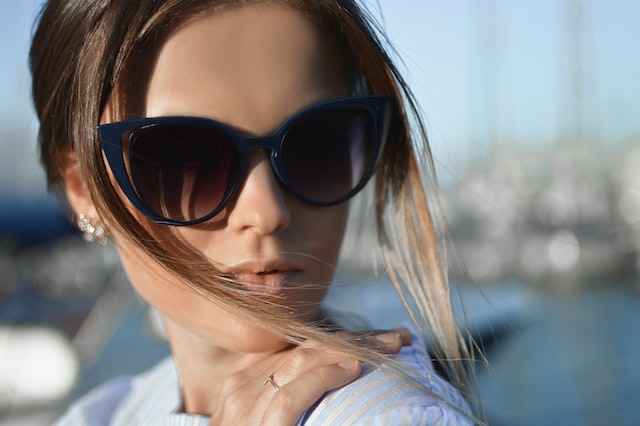The vast majority of sunglass styles function to shield our vision from the sun’s potentially damaging rays. Sunglasses labels frequently include the claim that the wearer will be protected against UV light as well as other forms of natural radiation. It is essential to have an understanding of the many kinds of light, both those that require eye protection and those that do not necessarily pose a threat to one’s vision. In this post, we’ll be talking about the things that separate good sunglasses from great ones.
Provides protection 99.99 percent against UV radiation- When shopping for sunglasses Morningside, you should always look for ones having this functionality. The presence of cataracts and other eye growths, including cancer, has been related to prolonged exposure to the ultraviolet (UV) radiation found in sunshine. Radiation from UVB sources is thought to be more damaging to the vision and body than radiation from UVA sources.

Lenses made of plastic and glass both absorb some ultraviolet light, but the amount of UV light that is absorbed may be increased by either adding extra chemicals to the lens material while it is being manufactured or coating the lenses with specialised materials.
Impact resistant- Every pair of sunglasses have to be able to pass the government’s impact testing to be considered safe. Plastic lenses have a lower risk of shattering compared to glass lenses when they are struck by a projectile or stone. However, no lens is completely impenetrable.
Most non – prescribed sunglasses are plastic. Polycarbonate plastic sunglasses, which are employed in a wide variety of sports due to their exceptional durability, are, however, readily scratched. When purchasing polycarbonate lenses, make sure to look for ones that have a coating that is resistant to scratches.
Polarized- Polarized lenses are designed to reduce reflected glare, which is caused by sunlight that is reflected off of shiny objects such as pavement, automobile windows, chromed surfaces, or water. Driving and fishing are two activities that might benefit tremendously from their utilisation.
Polarization is not related in any way to the process of absorbing UV radiation; nonetheless, many polarised lenses are now coupled with a material that blocks UV light. Make careful to read the label to ensure that the lenses offer the highest possible UV protection.

Wraparound Glasses- The form of wraparound glasses is designed to prevent light from penetrating the frames and entering the wearer’s eyes. Studies have revealed that the advantages of protective lenses are diminished since UV rays can infiltrate around the edges of standard eyeglass frames. Sunglasses with a large frame that wraps around the wearer’s eyes completely offer protection from all directions.
Blue-blocking- It is not entirely clear whether or not exposure to blue light causes damage to the eye. Amber-coloured lenses, which are often used to filter out all blue light, give the impression that the world around you is yellow or orange. It is said that the colour helps distant things look clearer, particularly when there is snow or haze present. Amber sunglasses are favoured among a variety of outdoor enthusiasts, including skiers, hunters, boaters, and pilots.





